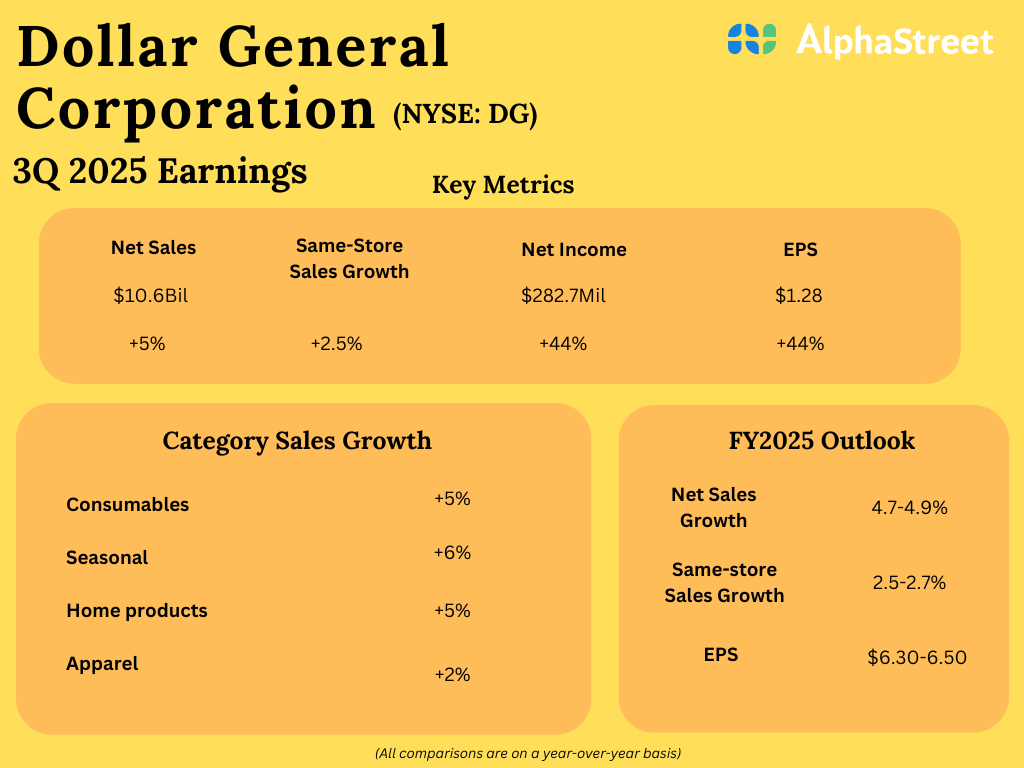Explanation of the differences, areas each tool excels in, and more.
As more automation capabilities are woven into tax and accounting firm workflows, robotic process automation (RPA) and more recently, agentic AI, are among the solutions in the technology toolbox. The accounting profession, which is traditionally known for its cautious approach, is venturing deeper into the tech pool to improve operations and better serve clients.
According to the Thomson Reuters 2025 State of Tax Professionals Report, enhancing efficiency and increasing investments in technology ranked as the top strategic priorities for firms in 2025. The survey also found that nearly half (49%) of respondents said they plan to use technology to boost profits in 2025, and 47% believe that investing in AI should be a top priority for their firms.
AI is clearly on the minds of many, as the Thomson Reuters Future of Professionals Report 2025 revealed that 53% of professionals surveyed in tax, accounting, audit, legal, risk, compliance, and trade industries said they are already experiencing at least one type of benefit from AI adoption. Looking ahead, the majority (80%) believe that AI will have a high or transformative impact on their profession in the next five years.
However, as the pace of technological advancements accelerates, making sense of it all isn’t always easy. What exactly is agentic AI? How does it compare to RPA? Can they coexist? To help accounting professionals gain a stronger understanding of these technologies, this article addresses these questions and more.
Jump to ↓
Defining agentic AI and RPA
What are the differences between AI agents and RPAs?
How accountants can use RPA and agentic AI
Will AI agents replace RPAs?
How to embrace the future of technology in tax and accounting
Defining agentic AI and RPA
As the profession sifts through the impacts and potential applications of traditional AI and generative AI, a new iteration has appeared on the radar — agentic AI.
What is agentic AI?
Agentic AI leverages generative AI and large language models (LLMs) to operate independently in accomplishing goals and tasks. Unlike traditional AI, which follows pre-set rules, agentic AI is a more advanced approach that can adapt to changing situations, proactively seek information, and improve its outputs — all without the need for constant human intervention.
More specifically, agentic AI can:
Access and use multiple data sources and tools
Autonomously plan and execute multi-step processes
Interact with other AI agents and systems
Make decisions within defined parameters
Adapt its approach based on new information
What is RPA?
Robotic process automation is software technology that uses bots, or “virtual assistants.” RPAs are ideal for tasks that are rule-based and repetitive, and where efficient automation of consistent processes is required.
Why? This is because they are process-driven bots that follow only the instructions they are programmed to perform. They cannot learn new methods or procedures. This means they require regular updates and ongoing maintenance to continue to operate properly.
What are the differences between AI agents and RPAs?
Both agentic AI and RPA are automation technologies; however, it is important to be aware that there are stark differences between them, and they serve different purposes. Let’s take a closer look at the benefits of each of them.
Agentic AI benefits
Agentic AI is best suited for autonomous, complex problem-solving. It leverages real-time information and simulates human cognitive abilities to analyze data, recognize patterns, and make decisions. AI agents can learn and adapt to new scenarios and data, which makes the technology especially powerful for today’s firms.
As Michael Kim, director of AI Integration and Customer Success at Thomson Reuters, explained, “One key distinction today is that RPA tools typically do not leverage large language models. That’s where the unique value of agentic AI comes in. It uses AI to support decision-making, which is a capability traditional RPA lacks.”
RPA benefits
RPAs, on the other hand, are ideal for automating repetitive tasks. RPAs follow predefined rules to mimic human interactions with digital systems and execute assigned tasks precisely as programmed, over and over again.
“RPA is a rule-based way. I know RPA is great for the steps, but if something changes or it has to make a decision, it can’t really make a decision on its own,” explained Dustin Teribery, manager of Strategic Technology at Thomson Reuters. “… [RPA] is pretty rigid in its structure.”
Key differences
To summarize, here are some key points to keep in mind when thinking of agentic AI versus RPA:
AI agents leverage generative AI and LLMs to operate independently in accomplishing goals and tasks. RPAs are process-driven and follow predefined rules.
Agentic AI can operate autonomously, learn, and adapt to new scenarios and data. RPAs mimic human interactions but cannot “think” or learn methods or procedures.
Agentic AI is best suited for complex problem-solving. RPAs are ideal for performing repetitive tasks.
Agentic AI should be monitored to ensure success and achieve the desired outcomes. RPAs require maintenance and updating.
Special report
Agentic AI 101: What your business needs to know
Read report ↗
How accountants can use RPA and agentic AI
Accounting professionals leveraging RPA and agentic AI will discover a variety of use cases to automate and improve tasks and processes. For instance, agentic AI can be used to:
Monitor regulatory changes, flag potential compliance issues, and even assist in preparing and filing tax returns.
Analyze market trends, financial data, and tax implications to assist professionals in long-term business and tax planning for their clients.
Autonomously review financial records, identify anomalies, and prepare initial audit reports.
Autonomously research complex tax issues, analyze financial data, and prepare summary reports.
Handle routine client communications, schedule meetings, and even conduct initial consultations.
Manage project timelines, allocate resources, and coordinate between team members and AI agents.
When considering RPAs, think of which tasks you would pass on to an assistant if possible. Which tasks do you always put off to the last minute? This can help you identify repetitive, mundane tasks that are ripe for robotic process automation when no APIs (application programming interfaces) or other options are available.
Should no other options be available, RPAs can be a great way to automate repetitive tasks in tax compliance, accounts payable and receivable, bookkeeping, invoicing, expense management, payroll, and more.
For example, RPA could be used to automate purchase orders without access to Salesforce APIs. Or RPAs could be used to scrape websites and download data, such as banking transactions, or automate bank reconciliation journal entries.
However, Teribery cautioned, “With RPA, I feel like there is a high overhead of cost of change. People change UIs [user interfaces], and a lot of RPA relies on things being in certain areas … so the maintenance cost is high because a lot of times people change software and don’t tell you there are changes through the front end. RPA is great when there is nothing else that you can do to automate.”
Teribery added, “If it’s an older technology, or you just can’t get anything to work, I think that’s where RPA really excels.”
Will AI agents replace RPAs?
The future of RPAs isn’t entirely clear due to the rapid advancements in AI; however, there are distinct use cases for both. In short, don’t expect to see RPAs fall by the wayside anytime soon.
“There’s a lot of value in tools like RPA. It is especially effective for automating repetitive, rules-based processes that are relatively stable and unlikely to change frequently. When it comes to more complex and cognitive tasks, such as interpreting data, adapting to new information, or making nuanced decisions, that is where agentic AI excels. Agentic AI supports a broader range of use cases, while RPA does play an important role in many enterprise environments,” Kim said.
Teribery said there are strategic firms currently leveraging both RPAs and AI but noted, “I’ve got to imagine that, at some point, they’ll come together, but I don’t know why they couldn’t complement each other in helping you get the task done quicker.”
How to embrace the future of technology in tax and accounting
Change isn’t always easy, but embracing the future of technology and deepening your understanding of RPA and agentic AI is becoming increasingly vital. Doing so will save you time and enhance efficiencies, resulting in more time you can spend serving clients with higher-value, strategic services.
Turn to Thomson Reuters to learn how you can leverage agentic AI to work smarter, faster, and with less risk. To further explore how AI is transforming the way tax professionals work and interact with their clients, read our white paper, AI and taxation: What professionals need to know.

CoCounsel: Your trusted AI partner
One agentic AI assistant for tax, audit, and accounting professionals.
Learn more ↗



























